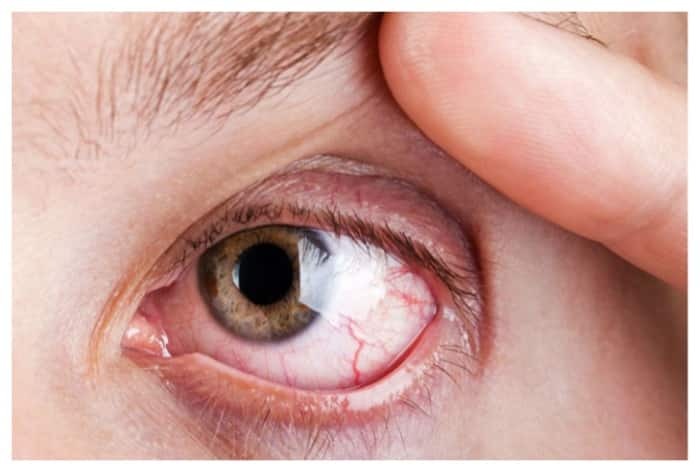
High Blood Sugar Side Effects: Diabetes is an incurable disease that is rapidly spreading in the country. This disease cannot be eradicated, however, you can control it with the right lifestyle and good eating habits. Diabetes can give rise to many dangerous diseases. Health experts say that if the blood sugar level increases, the body becomes home to many diseases. It not only affects some parts of the body but also has a bad effect on the eyes.
When the blood sugar level increases, diabetes patients can have serious eye problems like diabetic retinopathy. This problem is so dangerous that if not taken care of on time, the patient can even become blind. In such a situation, it is very important to know the symptoms of diabetic retinopathy on time, so let's know.
What is diabetic retinopathy?
Diabetic patients often face the problem of diabetic retinopathy. According to doctors, if diabetic patients have high blood sugar problems for a long time, then it can lead to diabetic retinopathy. In this disease, the blood vessels of the retina (a sensitive tissue that provides light to the eye from behind) are affected. Due to this, the eyesight becomes weak. If not treated at the right time, the patient can also become blind.
Symptoms of diabetic retinopathy-
-Blurred vision
-Difficulty distinguishing colors
-Unstable vision
-New abnormal blood vessels may develop in the retina
How to prevent diabetic retinopathy-
The most important step to prevent diabetic retinopathy is to change your lifestyle. Pay attention to rising blood sugar and control it. Get your blood sugar level checked regularly. Eat healthy food. And include yoga and exercise in your lifestyle.
Treatment of diabetic retinopathy-
Patients should get their eyes checked regularly. Diabetic retinopathy is treated after its early symptoms are detected. During tests, the eye specialist may use techniques such as dilated eye examination and retinal photography to closely examine the retina. Treatment of diabetic retinopathy may include laser surgery, injections, and vitrectomy to remove blood from the eye.

 Share
Share
_458360041_124x80.jpg)


